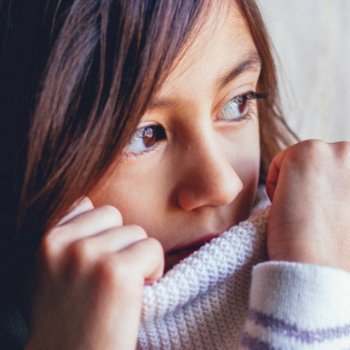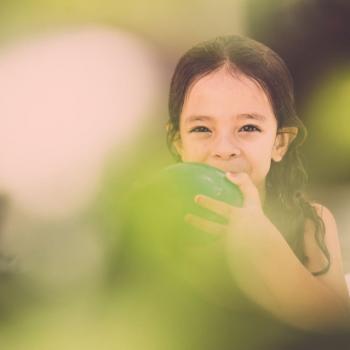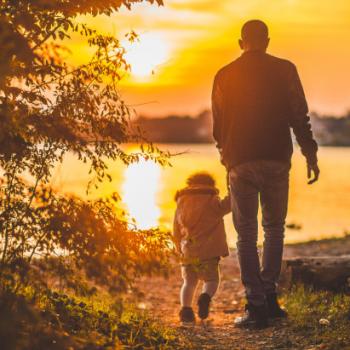
People are changing profile pictures into yellow to spread awareness of the deadly chemical attack in Syria. Yellow symbolizing toxic gas.
Our hearts are devastated, once again, by the tragic news that seems to endlessly stream out of Syria. This time, a terrible chemical attack killing many people (exact numbers to be determined), including children. Already, photos and videos of the attack are being shared from both traditional and social media—gruesome and disturbing graphics of dead Syrian children shocking our senses.
It is easy and human for us to click share, both out of habit and in our frantic distress, to offer up this inhumanity to those in our networks, like a modern ritual of our corporate lament. “Isn’t this terrible?” we murmur to one another, our sadness weighing down on us, demanding any slight relief by sharing the burden.
But there is a cost to our consumption of shock-value images, and I am afraid it is being paid by the victims of this tragedy: the children, their families and communities.
There is value, I realize, in storytelling through images that spread awareness. Some of the iconic images of photojournalism have served to change the course of history. In 2015, an image of a drowned 3 year old toddler washed ashore the beach became such an iconic image, sparking a wave of conversation surrounding the refugee crisis. But even in the aftermath of that moral wake up call, Donald Trump still became President by campaigning with a hard line drawn against refugees. Even now, Trump’s refugee ban finds wide support. And at what cost?
I caution that we use some empathy and put ourselves in the situation of these victims and their families. Would we want to have pictures of our dead children (as hard as this is to imagine) spread around the internet recklessly? The aunt of little 3 year old Aylan has asked the world to stop sharing that picture of him and wants him remembered as a grinning boy at the playground, full of joy. We should honor that request. It’s basic respect for the dignity of their family.
This is not to say we ignore the plight of human devastation in the world and avert our gaze from terrible tragedies. But the way we do justice matters. Being thoughtful about how we share images of children is a worthy attempt to do justly while doing justice. Writer Josh Shahryar tweeted a thread that helpfully reminds us the best way to pursue justice for Syrian children is to allow Syrian activists and journalists to tell their own story. These are the people who have insider knowledge on the nuances and context surrounding these horrendous crimes affecting them. They can make a more informed assessment on how to effectively use images to spread awareness, and we ought to defer to their expertise and amplify their work.
Children are being exploited in the worst imaginable ways, turned into pawns in a heinous conflict. Let us not add to their exploitation, even for the ones who have passed. Let’s remember that they are not just victims in a war, but were once children full of joy and wonder, just like our own kids. They deserve to be treated like human beings worthy of respect. They have a right to tell their own story, and if in their vulnerability they aren’t afforded that access, the least we can do is not pretend like we have a right to tell it.
Share the news. Fact check your sources. Spread awareness. Just think twice, three times or four, before posting an image or video of Syrian children.
Join us at Raising Children Unfundamentalist.












